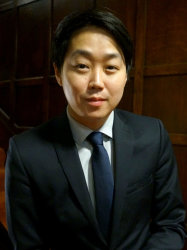BibTex format
@article{Choi:2014:17/4861,
author = {Choi, JJ and Carlisle, RC and Coviello, C and Seymour, L and Coussios, C-C},
doi = {17/4861},
journal = {Physics in Medicine and Biology},
pages = {4861--4877},
title = {Non-invasive and real-time passive acoustic mapping of ultrasound-mediated drug delivery},
url = {http://dx.doi.org/10.1088/0031-9155/59/17/4861},
volume = {59},
year = {2014}
}

